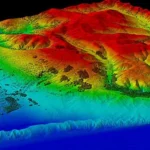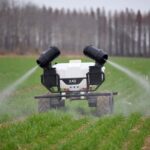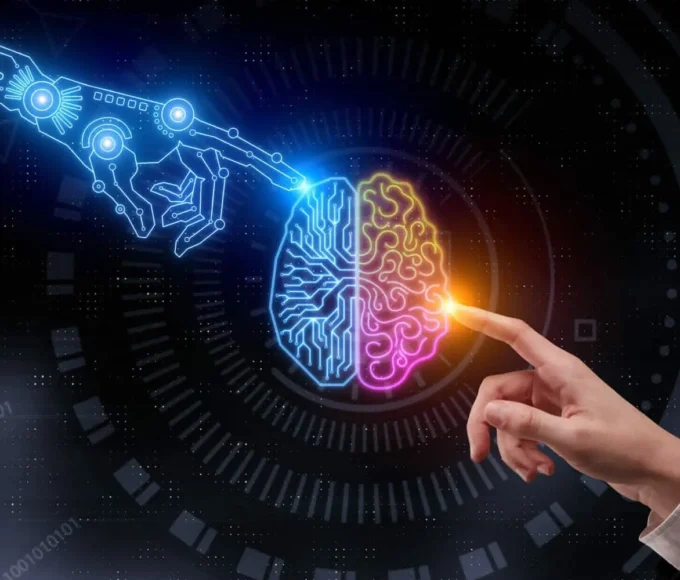The Earth’s biodiversity is under threat like never before, with numerous species facing extinction due to habitat loss, climate change, poaching, and other human-driven factors. In the face of this crisis, technology has emerged as a powerful ally in the fight to safeguard wildlife and their habitats. Artificial Intelligence (AI) is at the forefront of this technological revolution, offering innovative solutions to monitor, analyse, and protect biodiversity in ways that were once unimaginable. From aiding in species identification to enabling predictive modelling of ecosystem changes, AI is proving to be a game-changer in wildlife conservation efforts.
AI in Species Identification and Monitoring
One of the key challenges in wildlife conservation is accurately identifying and monitoring species populations in their natural habitats. Traditionally, this task required field researchers to spend countless hours observing and cataloguing species. However, AI has dramatically expedited this process through the development of advanced image and audio recognition systems.
Camera traps and acoustic monitoring devices equipped with AI algorithms can automatically identify and classify species based on their visual and auditory characteristics. This technology not only reduces the labour-intensive nature of data collection but also enables real-time monitoring of elusive and nocturnal creatures. For instance, ConservationAI, a startup, has developed a platform that uses AI to analyse camera trap images, making it possible to identify and track species populations without constant human intervention.
Predictive Modelling for Ecosystem Health
AI’s capabilities extend beyond species identification and monitoring; it is also being harnessed to predict changes in ecosystems and habitats. Machine learning algorithms can analyse vast amounts of ecological data to forecast how environmental factors, such as climate change and habitat degradation, might impact different species and ecosystems.
By creating models that simulate potential scenarios, conservationists can make informed decisions about resource allocation and intervention strategies. This proactive approach allows for targeted conservation efforts that focus on the areas and species most at risk. For example, AI-powered predictive modelling can help predict the potential consequences of rising temperatures on specific bird populations, enabling conservationists to implement measures to mitigate the impacts.
Combating Illegal Activities and Poaching
Poaching remains a significant threat to wildlife conservation, particularly for species with high market value such as elephants, rhinos, and tigers. To combat these illegal activities, AI is being employed to enhance monitoring and enforcement efforts.
Drones equipped with AI-powered image recognition can patrol large areas of land and identify suspicious activities, such as the movement of poachers or vehicles, in real-time. This technology enables rapid response from law enforcement and helps prevent illegal hunting and trafficking. Similarly, AI algorithms can analyse social media and online marketplaces to track the illegal trade of wildlife products, providing valuable insights for enforcement agencies.
Enhancing Conservation Education and Outreach
AI also plays a pivotal role in raising awareness about wildlife conservation and fostering public engagement. Virtual reality (VR) experiences powered by AI allow individuals to immerse themselves in the natural habitats of endangered species, creating a deep sense of connection and empathy. Moreover, AI-driven chatbots and virtual assistants can provide real-time information about conservation efforts, empowering the public to take action and support initiatives aimed at protecting biodiversity.
The Ethical Considerations
While AI offers immense potential for wildlife conservation, it is essential to consider the ethical implications of its use. As AI becomes more integrated into conservation practices, questions arise about data privacy, bias in algorithms, and the role of human expertise. Striking a balance between technological advancement and responsible stewardship of the natural world is critical to ensure that AI remains a force for positive change in the realm of wildlife conservation.
The synergy between AI and wildlife conservation has opened up new avenues for understanding, protecting, and restoring our planet’s rich biodiversity and habitats. From automating species monitoring to predicting ecosystem changes, AI’s applications are wide-ranging and transformative.
As we continue to grapple with environmental challenges, harnessing the power of technology becomes paramount in our collective effort to preserve Earth’s natural wonders for generations to come.
















I very delighted to find this internet site on bing, just what I was searching for as well saved to fav